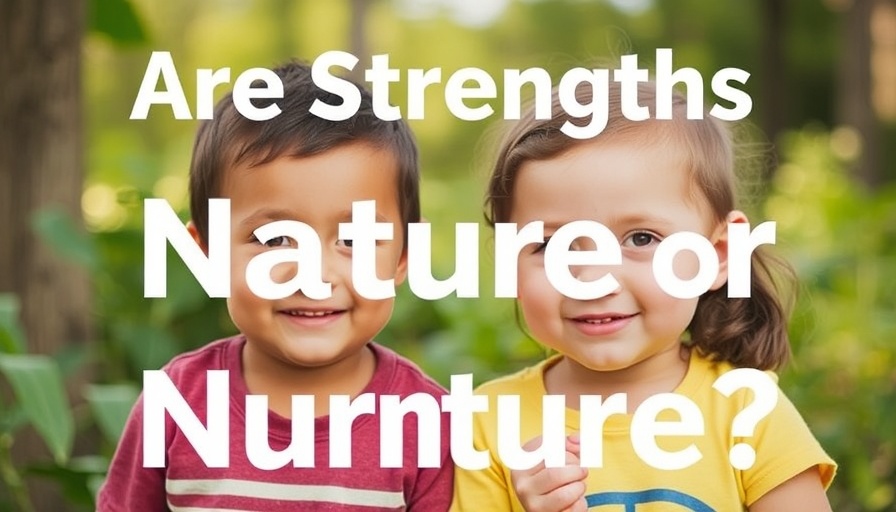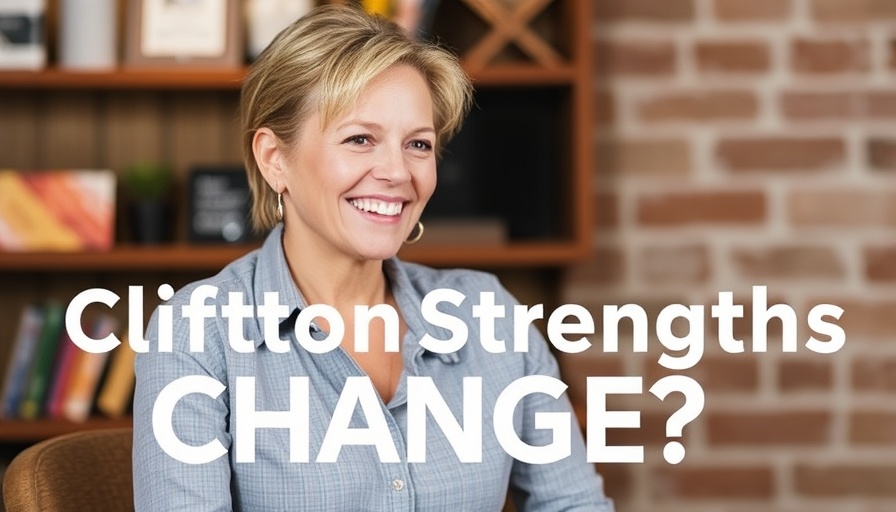
Understanding the Nature vs. Nurture Debate in Strength Development
The age-old debate of whether our strengths are a product of nature or nurture has captivated educators, psychologists, and leaders for decades. From genetic predispositions to the influence of the environment around us, understanding the roots of our abilities is crucial for those invested in education, particularly when aiming for inclusivity and the optimization of strengths-based development.
The Influence of Genetics on Strengths
Research indicates that genetics play a significant role in our innate strengths. Studies suggest that traits such as resilience, creativity, and even emotional intelligence can have a hereditary component. This scientific backing sheds light on why some students deliver exceptional performances in specific areas, naturally resonating with subjects that pique their interests. Recognizing these attributes allows educators to tailor strategies to enhance these strengths, fostering a more personalized learning environment.
The Power of Environment and Opportunity
However, it's vital to ensure the conversation encompasses nurturers' role in strength development. The environment we grow up in, including family dynamics, educational opportunities, and social circles, significantly shapes our strengths. A nurturing environment fosters the exploration and growth of talents, often unlocking potential that genetics alone cannot reveal. For instance, a student showcasing potential in music may thrive in an environment with access to instruments and supportive mentorship.
Bridging Nature and Nurture in Educational Practices
Incorporating both genetic and environmental understandings is essential for educators. Implementing a strengths-based education approach allows teachers to recognize students’ innate talents while providing the support needed to develop those skills further. This holistic method benefits all learners, especially those from diverse backgrounds or those facing challenges, as it celebrates individual uniqueness and capabilities.
Real-Life Applications: Success Stories in Strengths-Based Education
Consider a platform where children can establish their identities and strengths. This learning environment not only prioritizes individual growth but also cultivates emotional intelligence, resilience, and collaboration among peers. One example includes schools that have adopted a strengths-based curriculum, showing significant improvement in student engagement and academic performance. Notable changes in emotional well-being and participation levels highlight the benefits of focusing on strengths rather than weaknesses.
Empowering Educators to Foster Inclusivity
Educators play a critical role in shaping strengths. Implementing professional development focused on understanding strengths in relation to inclusivity can empower teachers to focus more on strengths-based strategies. Workshops and support networks can provide educators with resources, tools, and strategies to effectively create inclusive classrooms tailored to diverse abilities. Such professional development not only builds teacher confidence but also ultimately leads to a more engaging and supportive learning environment for students.
Future Trends in Strengths-Based Education
As we move forward, there’s a growing emphasis on integrating social-emotional learning (SEL) frameworks with strengths-based educational models. Educators may find tools like the Gallup StrengthsFinder useful, as it not only identifies student strengths but also helps create a language around strengths that can be employed across classrooms. Such integration can further enhance strategies to acknowledge and develop the diverse range of skills among students.
Take Action: Start Implementing Strengths-Based Strategies Today
The exploration of whether strengths are nature or nurture encourages educators to reflect on their roles in student development. By embracing a strengths-based perspective, educators can promote inclusivity and diversity in their classrooms.
If you're passionate about positively impacting students, consider exploring strengths-based education practices that can be readily implemented in your teaching strategies. Together, let’s cultivate environments where every student’s strengths are celebrated and developed.
 Add Row
Add Row  Add
Add 




Write A Comment